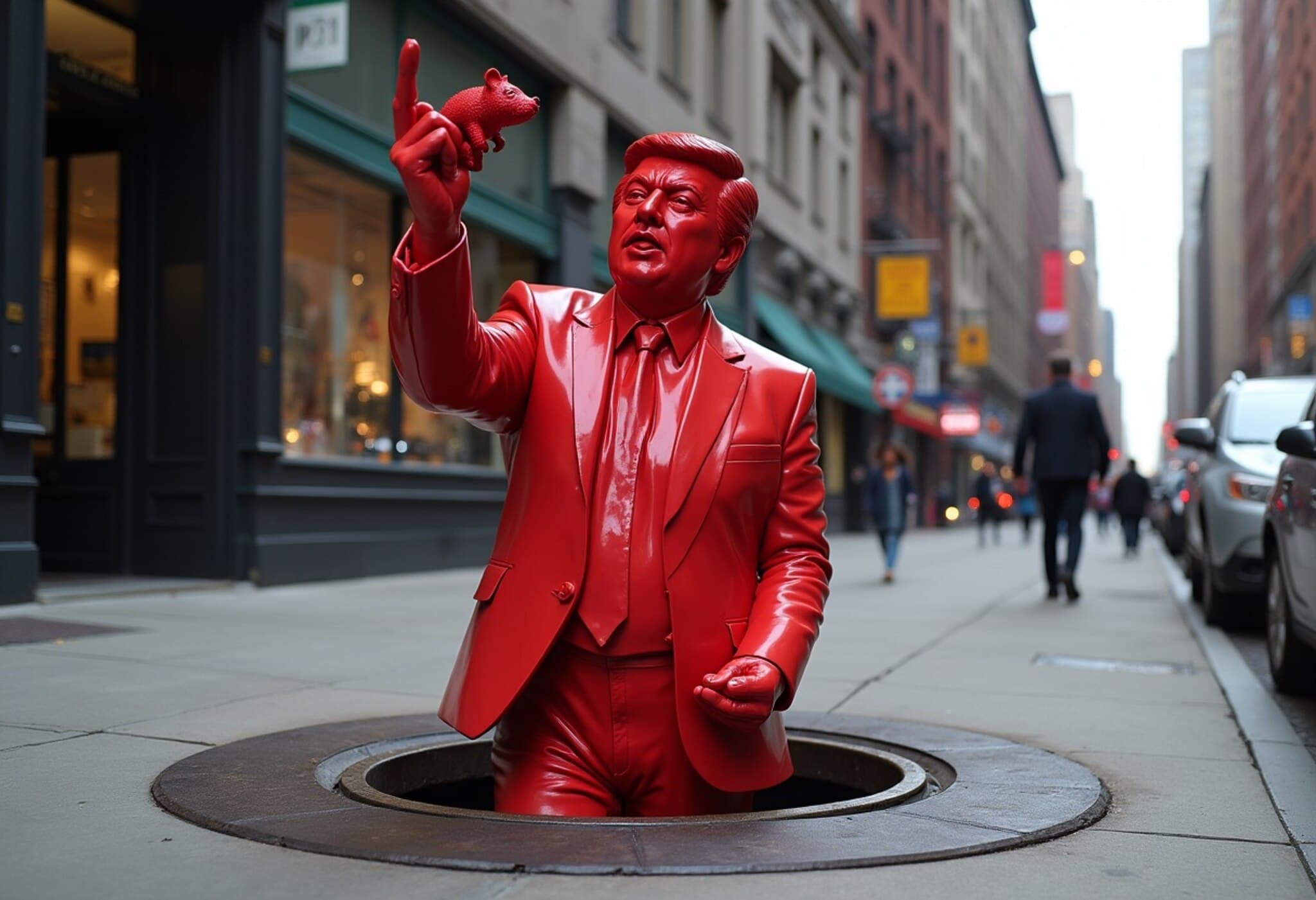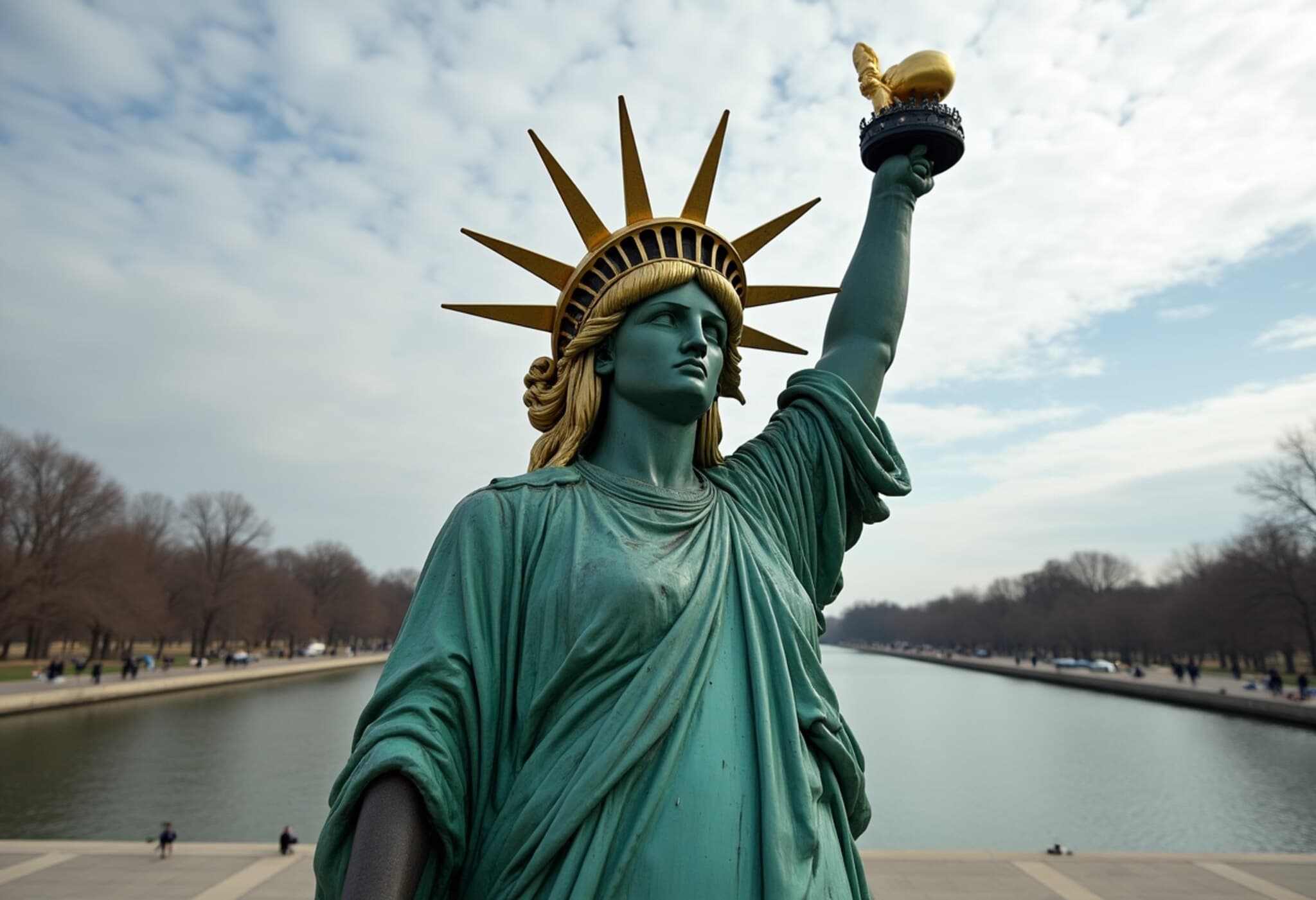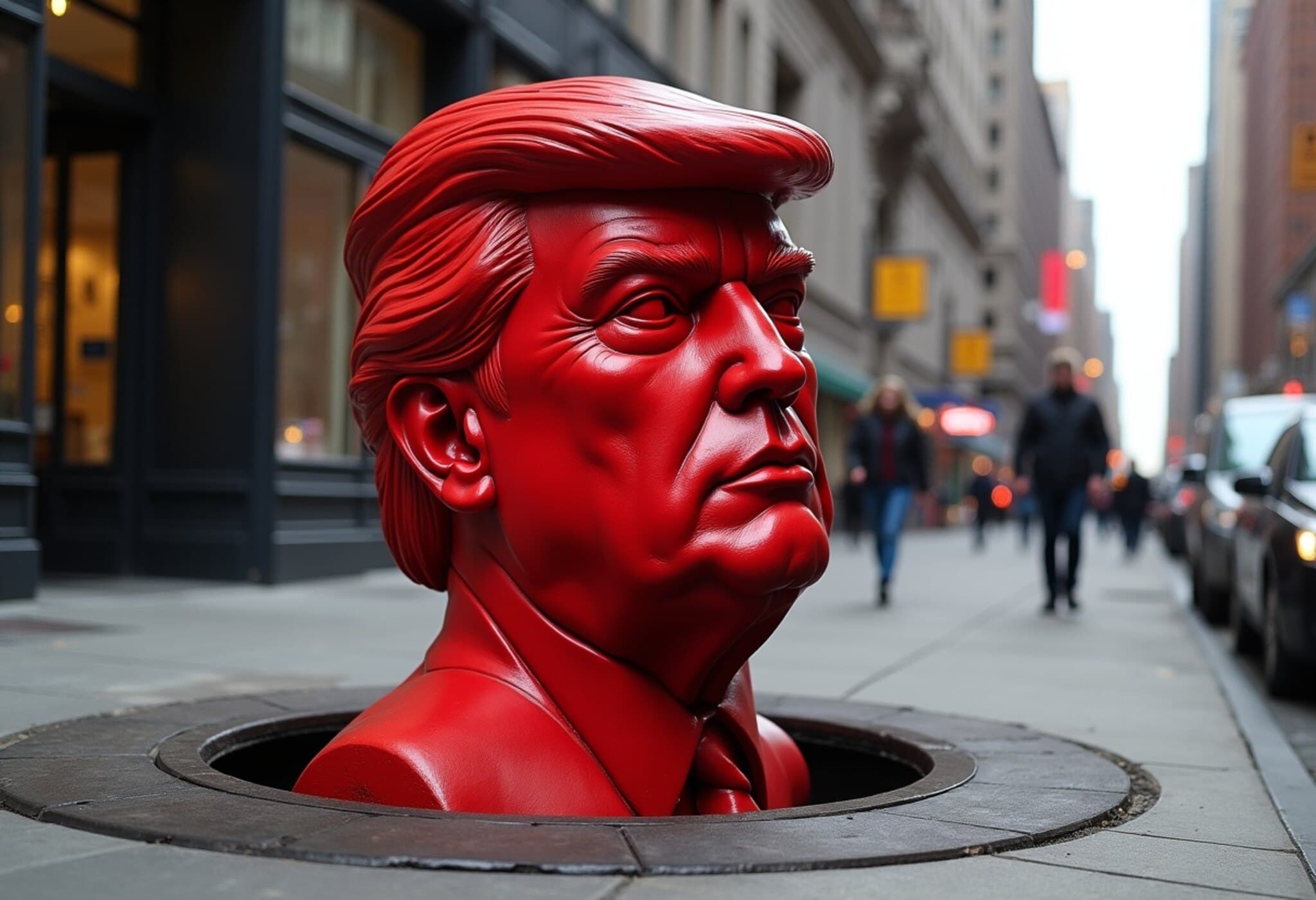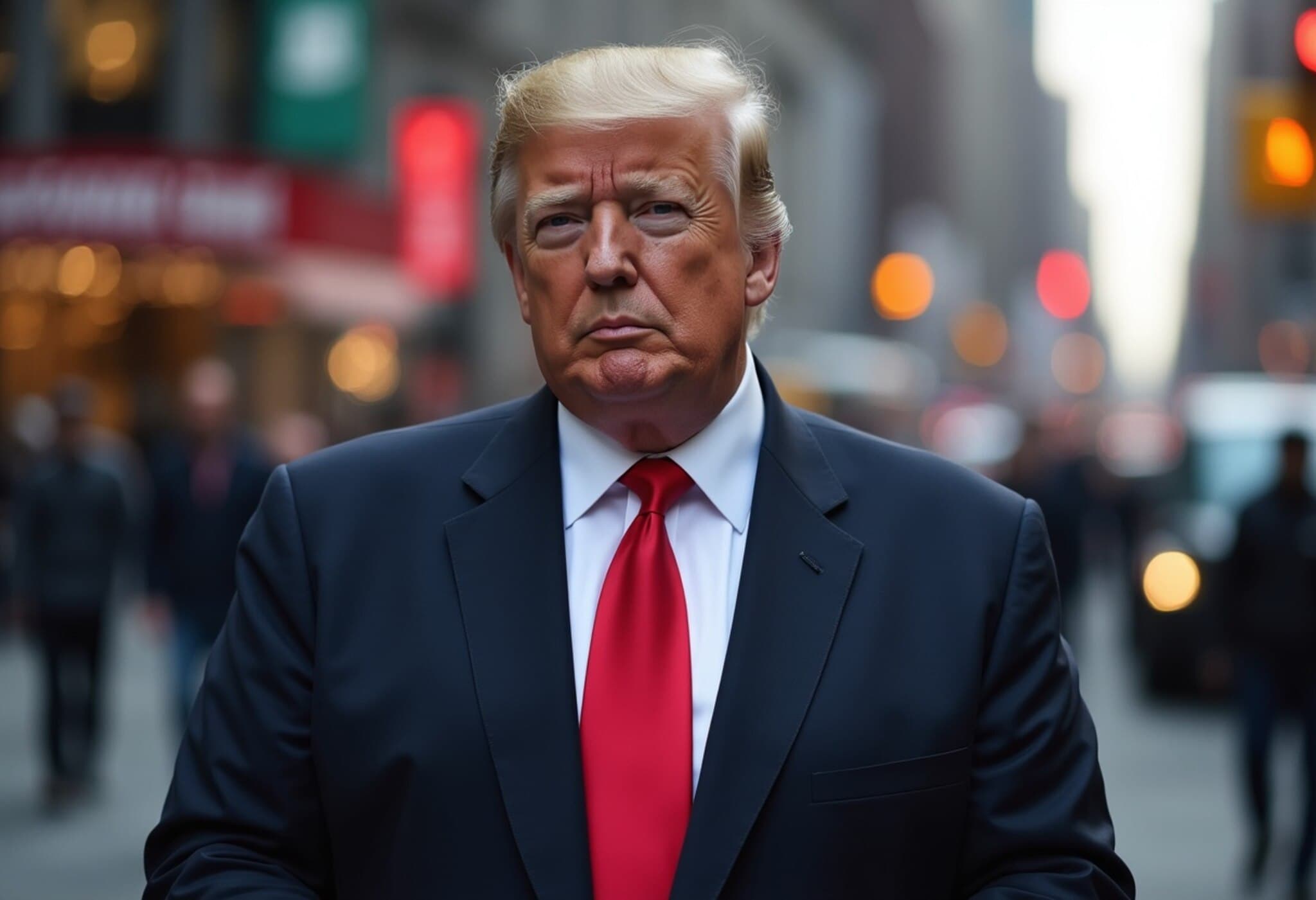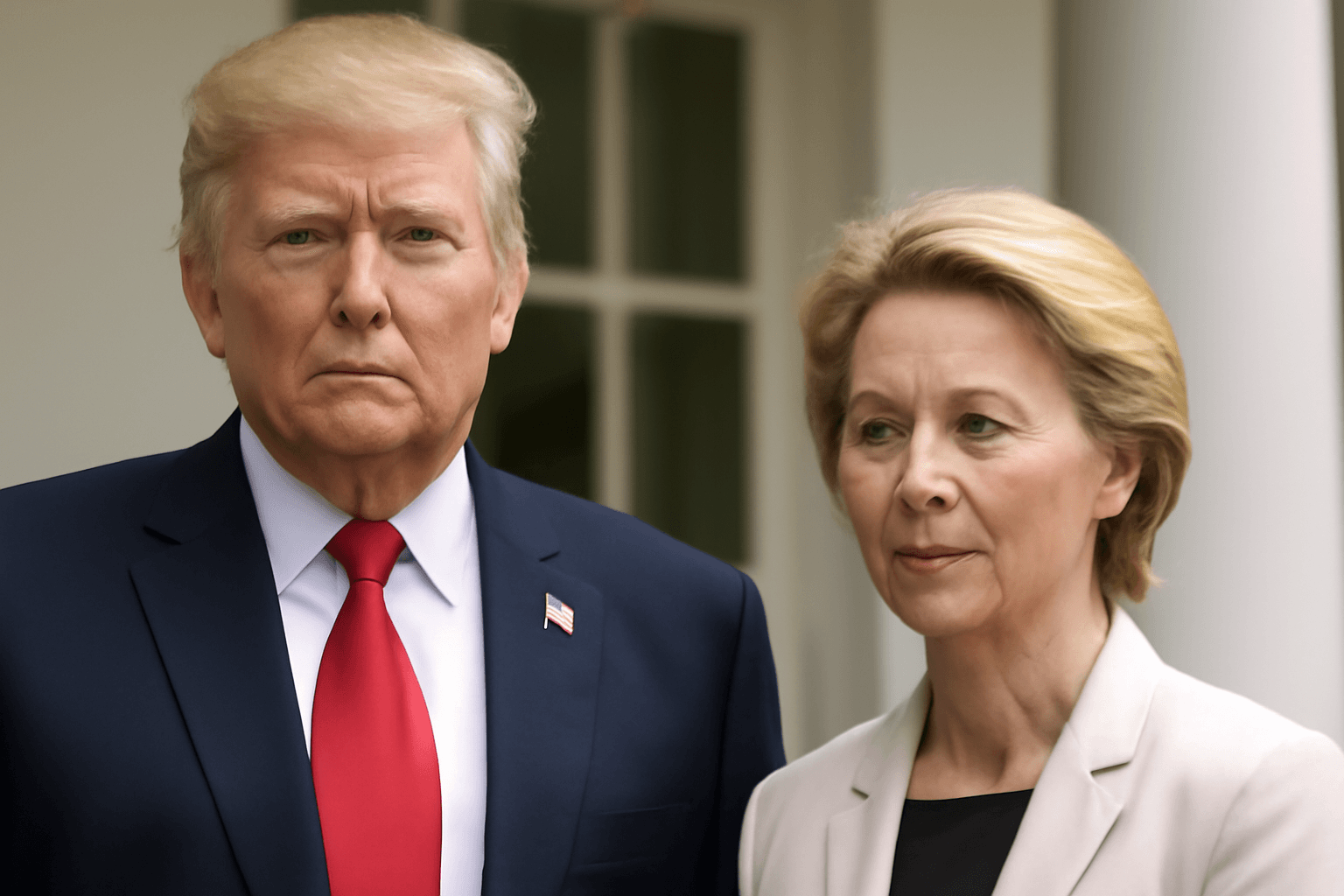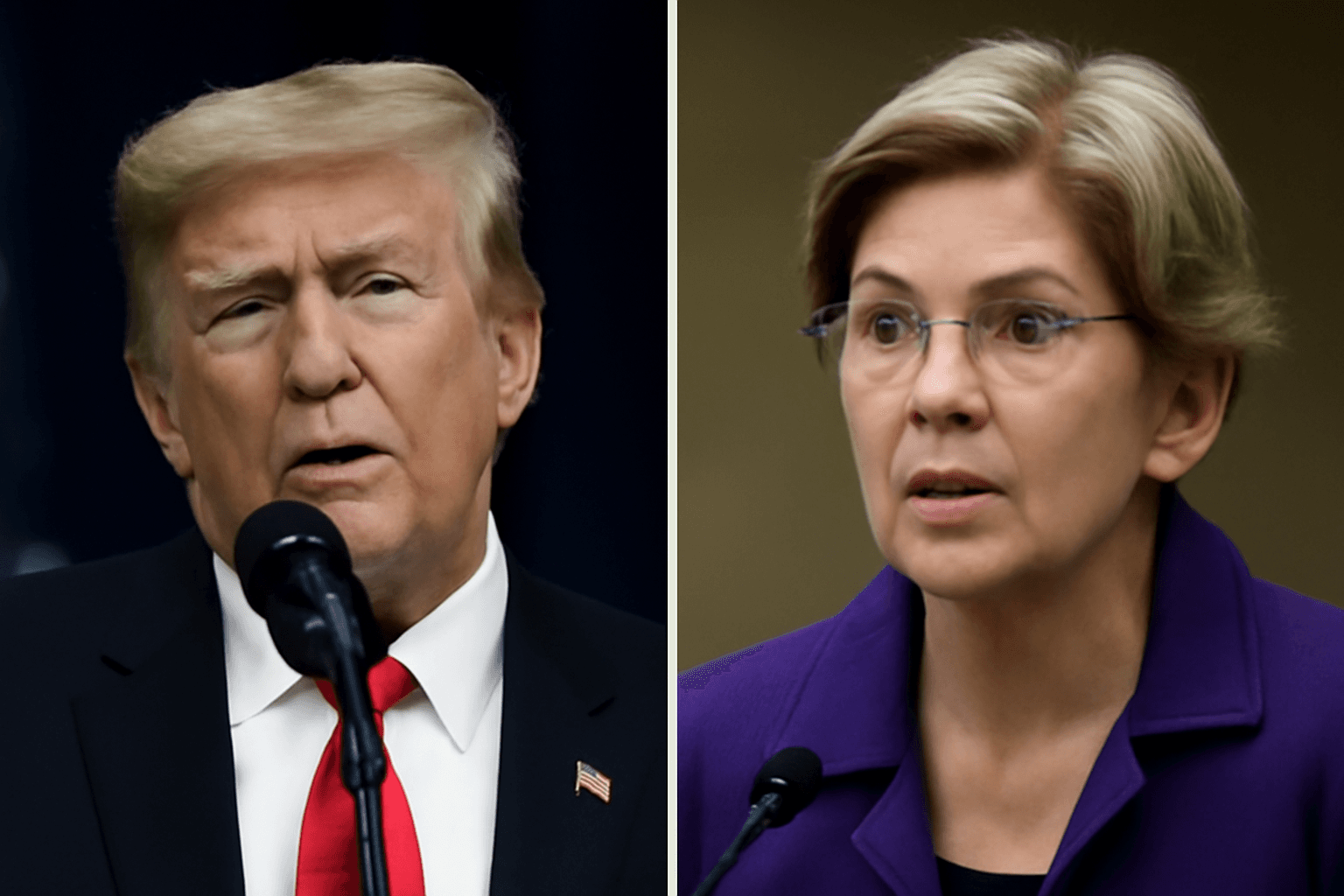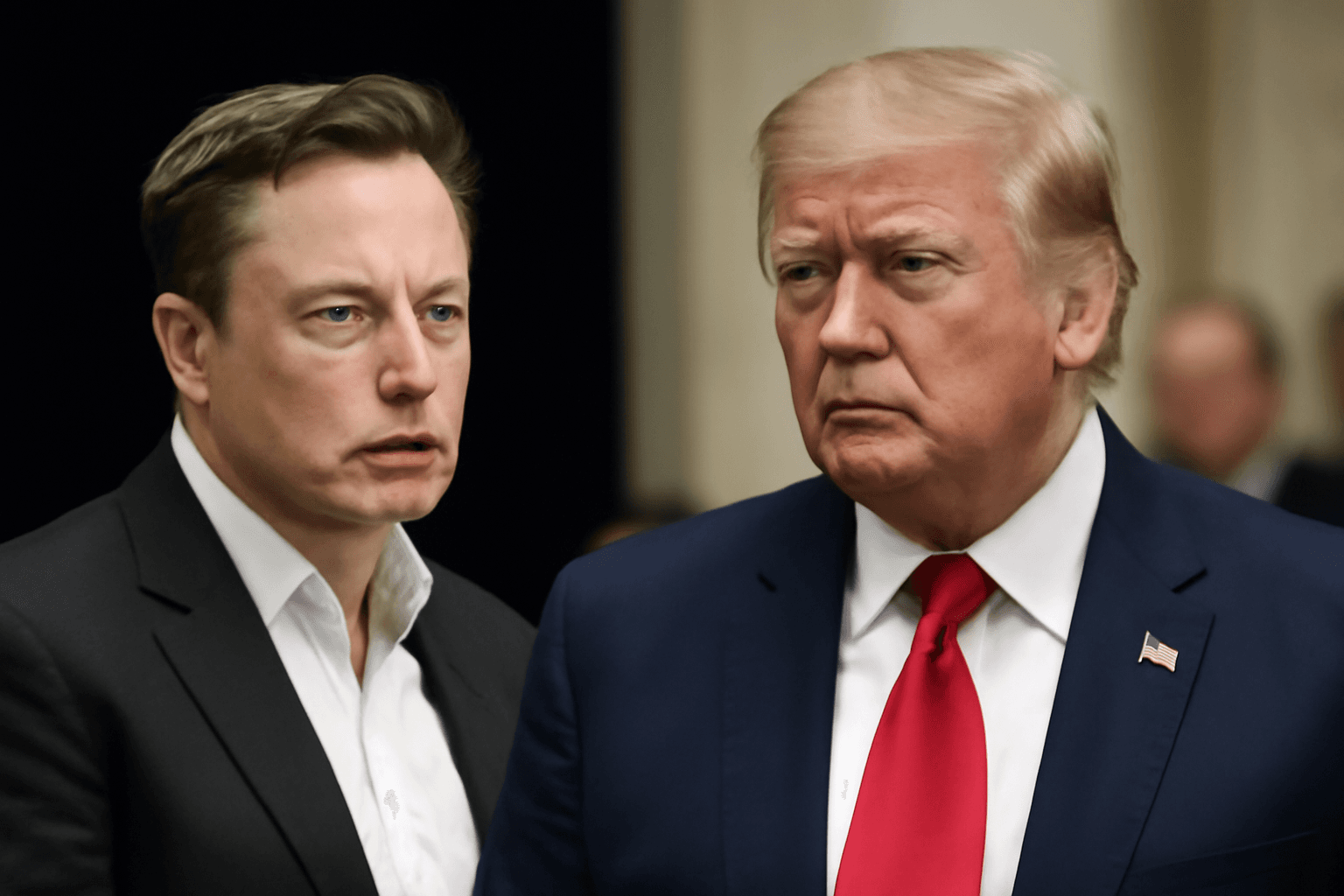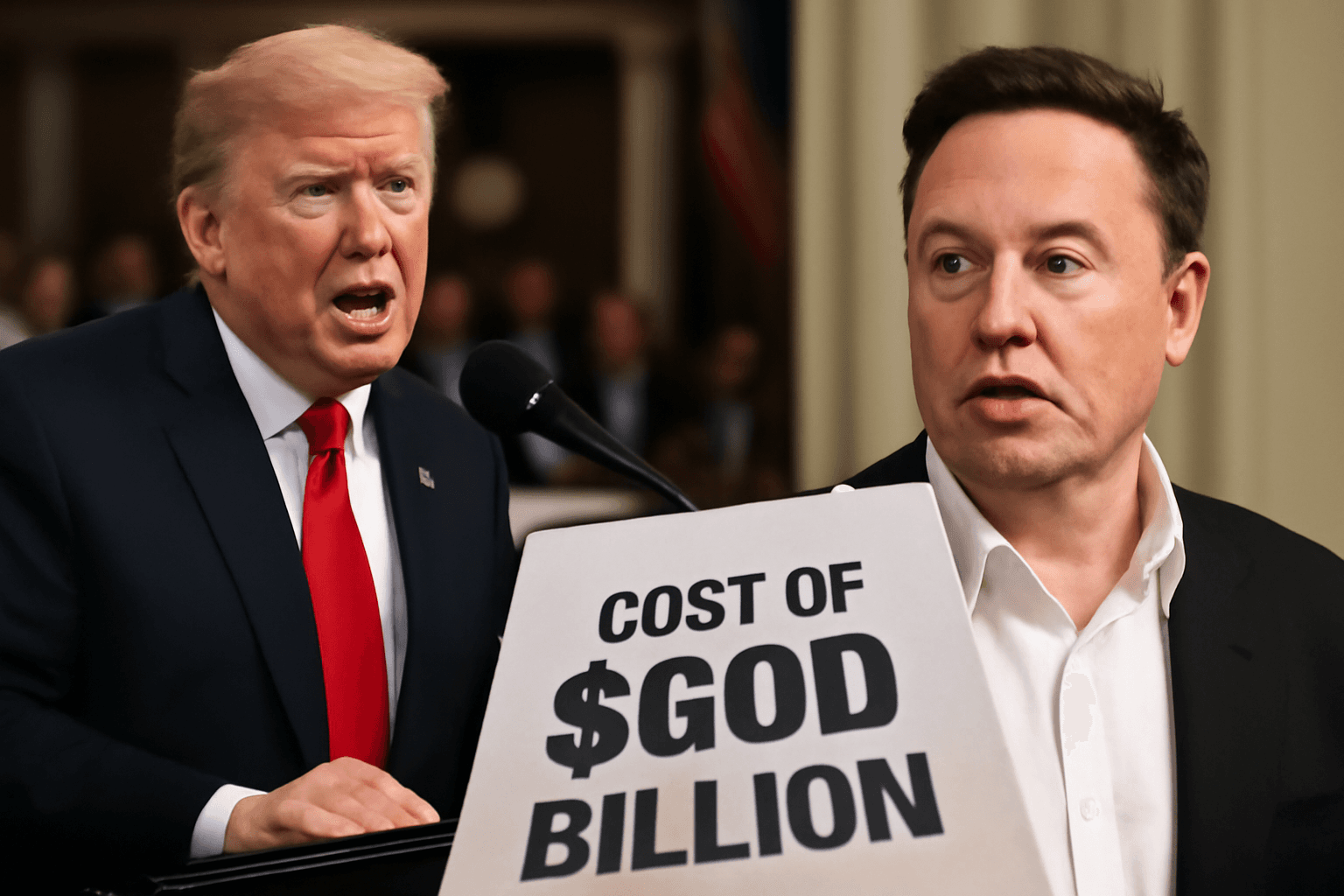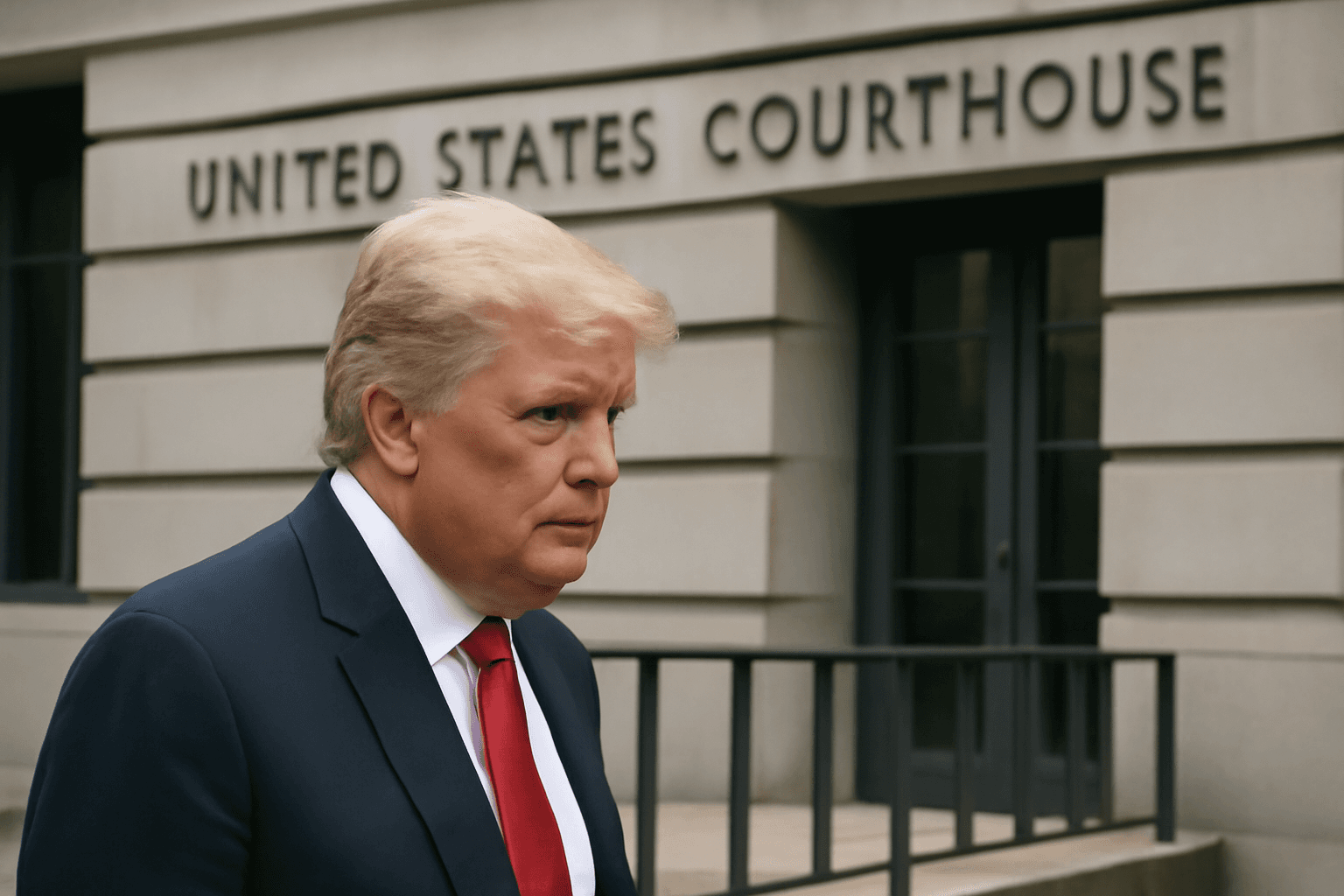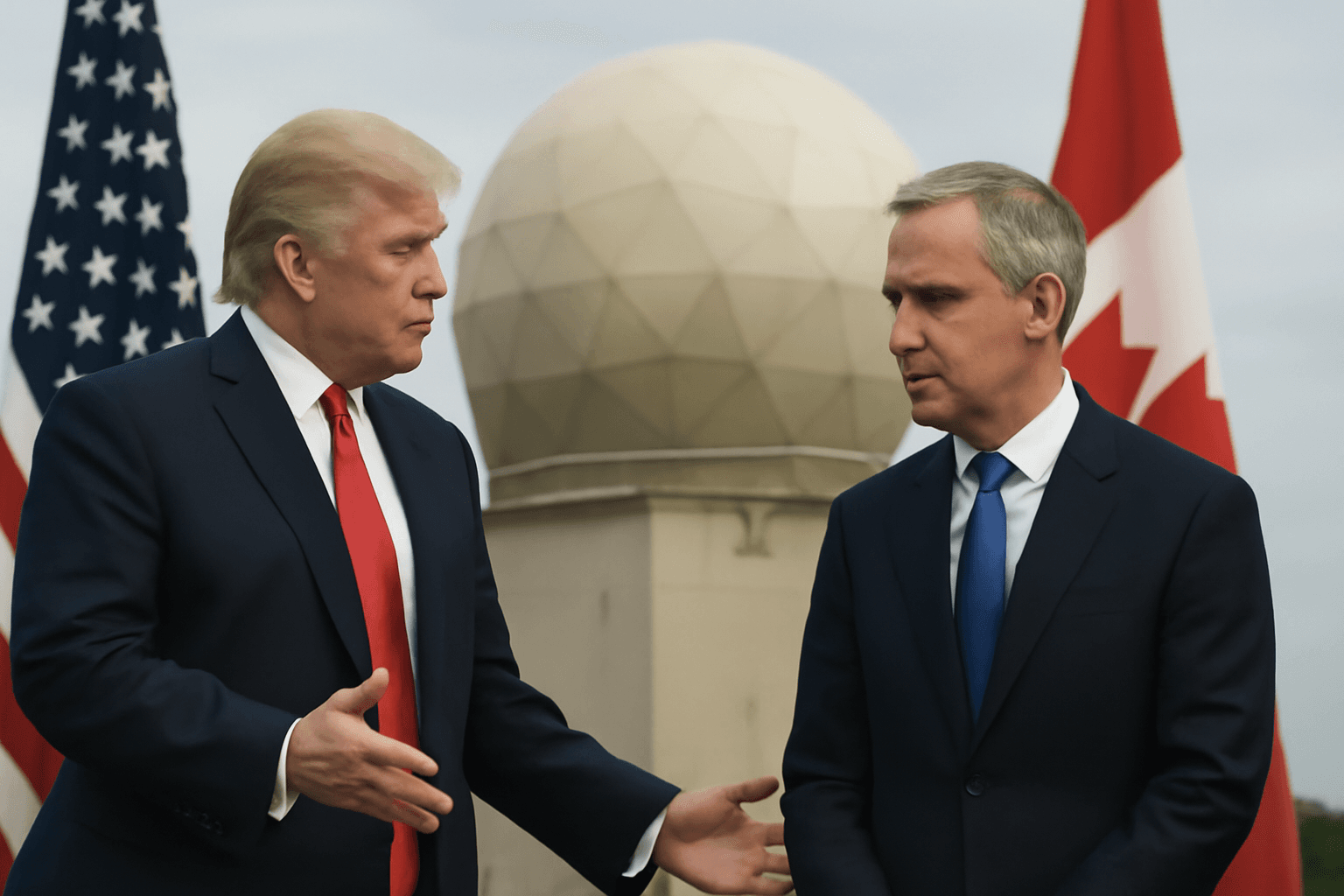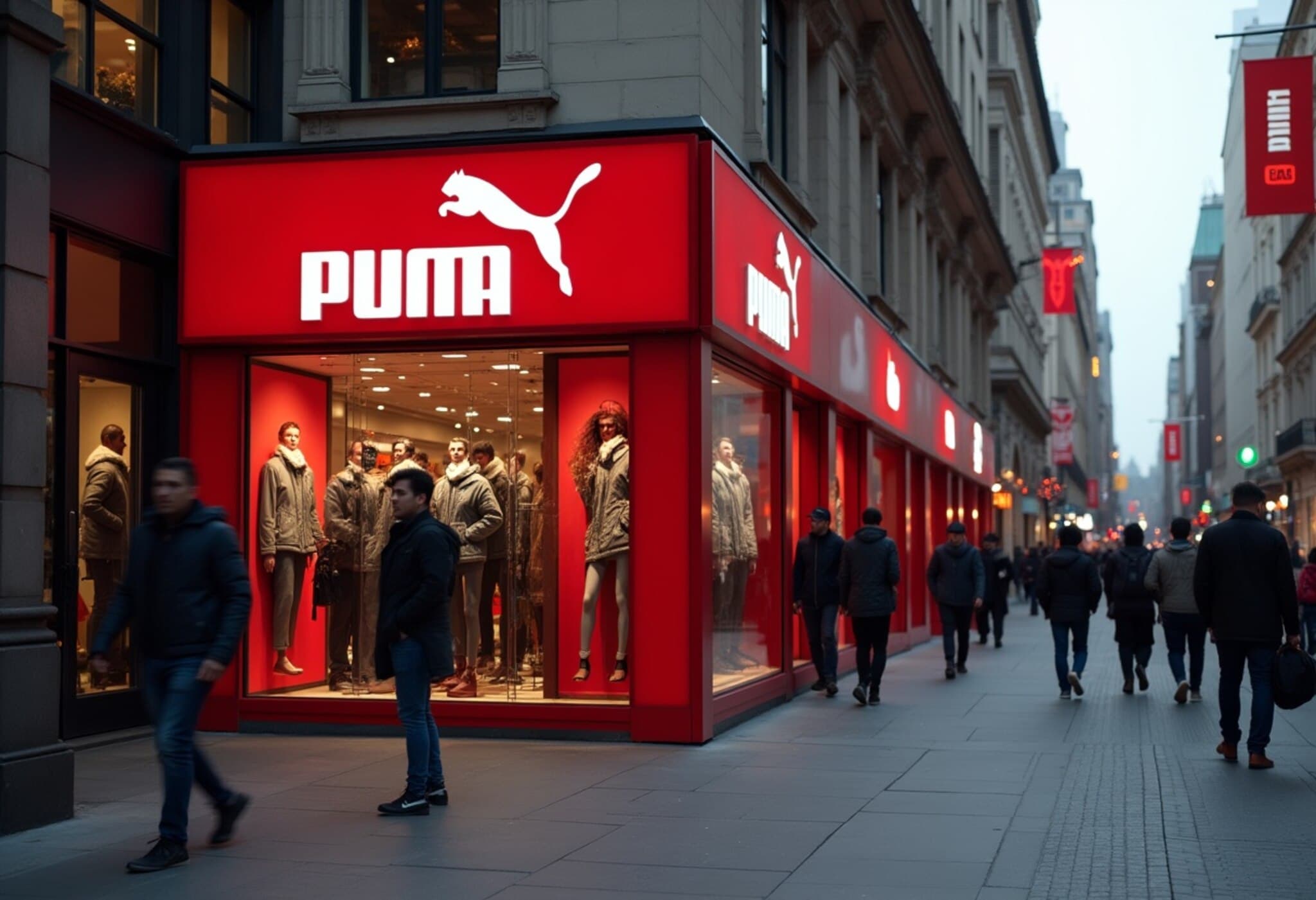French Artist James Colomina's Bold ‘Donald’ Sculpture Shakes Up Manhattan
New York City found itself the stage for a striking and provocative cultural moment when a vivid scarlet sculpture of former President Donald Trump emerged unexpectedly from a manhole on East 42nd Street, near 2nd Avenue. Titled ‘Donald’, this life-sized figure, crafted by renowned French street artist James Colomina, depicted Trump rising from the sewers—complete with a small red rat peeking out beneath the manhole cover.
An Artistic Disruption of Power and Image
Colomina, known worldwide for his fearless use of his signature red hue to spotlight societal and political themes, installed the sculpture unannounced in the early hours of the morning. The piece was strategically positioned about a mile from Trump Tower, a location deeply intertwined with Trump's public image and business empire. For Colomina, the intent was clear: “I wanted this image—a red body rising from the sewers—to disturb that landscape.”
The stark contrast was palpable, juxtaposing the grotesque, sewer-born figure against the iconic Chrysler Building’s soaring architecture—an emblem of New York’s power and prestige. Colomina remarked, “I liked the idea of creating a stark contrast between this vertical monument and the grotesque figure emerging from the sewers.”
Swift Removal and White House Reactions
Despite the buzz the sculpture generated across social media, local city maintenance crews promptly removed the installation, underscoring the challenges faced when guerrilla art intersects with public property laws. The White House, maintaining its dismissive stance, responded through spokeswoman Abigail Jackson, who commented, “Imitation is the sincerest form of flattery. This 'artist' will have to go back to the drawing board. Or perhaps art school.”
This response highlights the ongoing tension between political figures and modern artistic activism—a dynamic charged with symbolism, critique, and controversy.
Art as Protest: Colomina’s Signature Style and Message
James Colomina’s artistic journey is marked by a potent combination of urgency, passion, and bold visuals. His trademark “Colomina Red” serves as both a literal and figurative alarm bell in public spaces—Paris, Tokyo, Barcelona, and now New York—transforming everyday urban environments into arenas for social reflection.
His preference for clandestine, spontaneous installations—dropping unannounced works directly into public view—amplifies the immediacy of his messages, challenging viewers to confront discomforting realities head-on.
Underreported Nuances: The Intersection of Public Space, Art, and Political Discourse
While coverage of the 'Donald' sculpture has focused primarily on its provocative appearance and quick removal, deeper questions loom:
- What role should public spaces play in political artistic expression? Colomina’s unsanctioned installation challenges legal boundaries and opens debate about free speech and civic engagement.
- How does such art influence public opinion and political discourse? By physically situating Trump as emerging from the sewers, the piece evokes interpretations about political corruption, decay, or resilience, inviting diverse readings based on viewers' perspectives.
- What does this say about New York’s ongoing relationship with Trump’s legacy? Polo the city where Trump’s image was both forged and contested, this art sheds light on an evolving civic identity grappling with political symbolism embedded in its urban fabric.
These questions emphasize the delicate balance between art as protest and the governance of public spaces, a battleground for democracy in motion.
Conclusion: ‘Make America Grime Again’—More Than a Provocation
Colomina’s ‘Donald’ does more than merely lampoon a former president. It sparks a wider conversation about the power of street art to confront, disrupt, and engage communities on pressing social and political issues. In an era where images and symbols dominate public consciousness, this sculpture reminds us of art’s enduring role in shaping discourse—sometimes from beneath the surface.
Editor’s Note
The emergence and swift disappearance of the ‘Donald’ sculpture highlight a crossroads where art, politics, and public space collide. As American cities become canvases for social activism, it’s worth reflecting on how these expressions—both celebrated and censored—fuel democratic debate. What boundaries should govern such artistic interventions? And how might they reshape our understanding of political legacies etched onto city streets?
James Colomina’s guerrilla-style red statues bring not just color but also critical questions about power and identity—making us rethink the very fabric of public dialogue.

